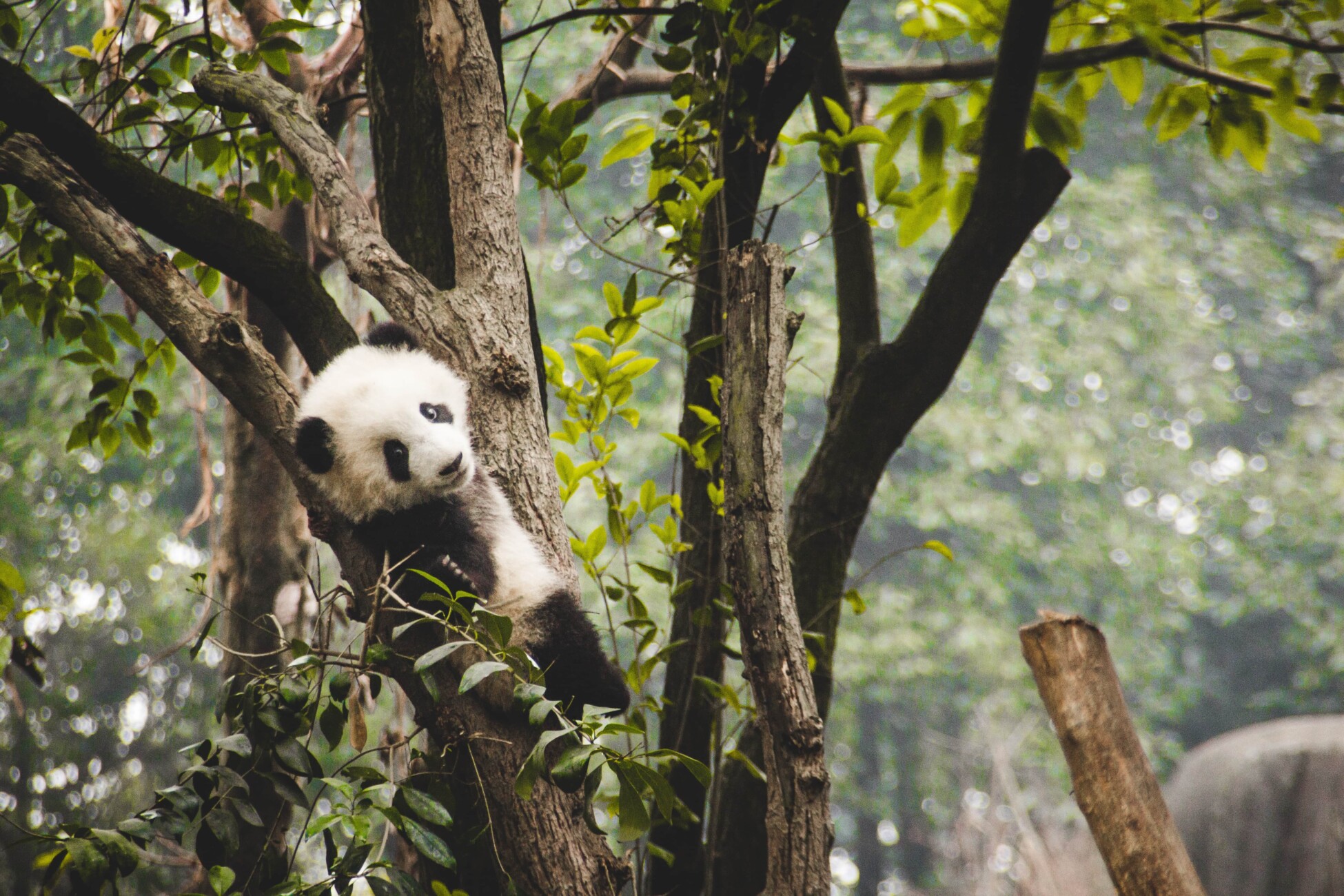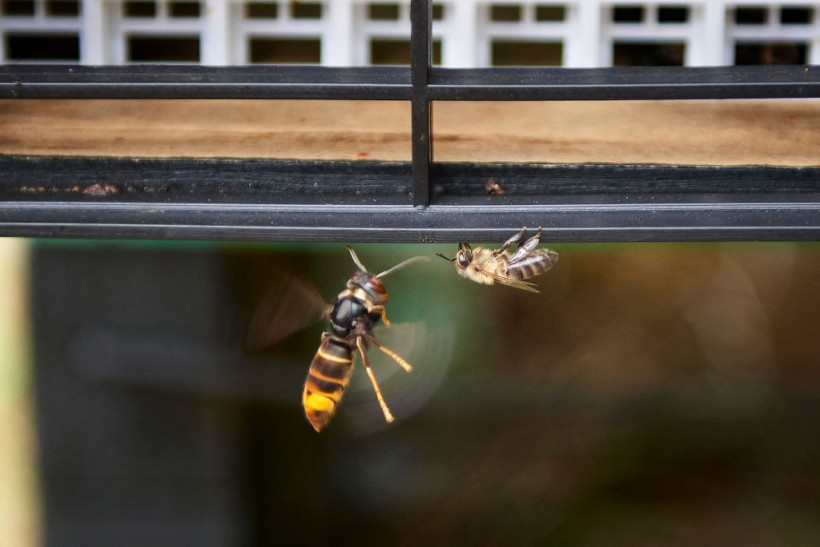
Zoology
Zoology is the scientific study of animals, encompassing topics related to the biology, behaviour, structure, evolution, classification, and distribution of animals.
Zoology is the scientific study of animals, encompassing topics related to the biology,... View more
Brown Stink Bug: Biological Pest Control Used to Neutralize Soybean Pest in Brazil
-
Brown Stink Bug: Biological Pest Control Used to Neutralize Soybean Pest in Brazil
The agricultural sector is witnessing a revolutionary approach to pest management as scientists unveil an optimized biological control method to tackle the brown stink bug (Euschistus heros), a formidable adversary for soybean farmers.
The comprehensive study, published in the journal Insects, meticulously details the dispersal range of Telenomus podisi, a parasitoid wasp that preys on the pest’s eggs.
The Persistent Pest: Brown Stink Bug
The brown stink bug has long plagued soybean fields across Brazil, causing significant yield losses and demonstrating a concerning resistance to chemical insecticides.
The pest’s lifecycle allows it to remain within the crop from fall to summer, accumulating lipids and entering a quiescent state, thereby evading many control strategies.
This has necessitated the exploration of alternative methods to manage the pest effectively without resorting to chemicals that can harm the environment and human health.
Telenomus podisi: A Natural Predator

(Photo : MIGUEL RIOPA/AFP via Getty Images) Telenomus podisi, a microwasp first described by American entomologist William Harris Ashmead in 1893.
This parasitoid insect lays its eggs within those of the brown stink bug, disrupting the pest’s development and preventing future generations from emerging.
The wasp’s role as a biological control agent is pivotal, offering a sustainable and eco-friendly solution to a problem that has persisted for decades.
Optimizing Release Strategies
The joint research conducted by São Paulo State University (UNESP) in Brazil and Oklahoma State University (OSU) in the United States has led to a strategic release plan for Telenomus podisi.
By studying the wasp’s dispersal capacity, which varies between 31 m and 39 m depending on the soybean crop’s growth stage, the researchers have determined that the release points should be no more than 30 m apart to ensure effective control of the stink bugs.
Implications for Agriculture
The implications of this research are far-reaching. Not only does it provide a viable solution to the brown stink bug problem in soybean crops, but it also has potential applications in other crops such as cotton and sunflower plantations, as well as pastures.
The study’s findings are instrumental in optimizing biological control programs implemented in large areas of monoculture, thus reducing the reliance on chemical pesticides.
Also Read: Biological Pest Control Saved Coconut Farmers in Asia Billions of Dollars
Future Prospects
As the agricultural industry moves towards more sustainable practices, the success of Telenomus podisi as a biological control agent is a beacon of hope.
It represents a shift in how we approach pest management, prioritizing ecological balance and the well-being of the ecosystem.
The continued research and development in this field promise to usher in a new era of agricultural innovation.
What Challenges did the Researchers Face during Field Experiments?
During the field experiments, the researchers faced several challenges while studying the dispersal range of Telenomus podisi and optimizing its release strategy.
First, they grappled with spatial dynamics-determining the ideal distance between release points. Too close, and the wasps might interfere with each other; too far apart, and the stink bug control might be ineffective.
Second, the soybean crop’s growth stage significantly influenced the wasp’s dispersal capacity. Researchers had to account for variations in dispersal behavior based on crop development.
Third, environmental factors, such as wind patterns, temperature, and landscape features, affected the wasp’s movement.These natural conditions had to be considered when planning release points.
Fourth, meticulous monitoring and data collection were essential to track the wasps’ movements across large fields accurately.
Finally, integrating biological control programs with existing practices posed challenges-ensuring compatibility and ease of adoption by farmers.
Despite these hurdles, the study’s findings offer a promising solution for sustainable pest management in soybean crops, emphasizing the importance of strategic deployment and ecological balance.
Related article: Papaya Farmers in Kenya Are Willing To Adopt Genetically Modified Varieties, Study Shows
© 2024 NatureWorldNews.com All rights reserved. Do not reproduce without permission.
Sorry, there were no replies found.
Log in to reply.
